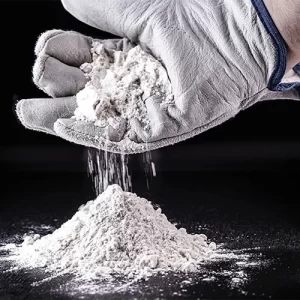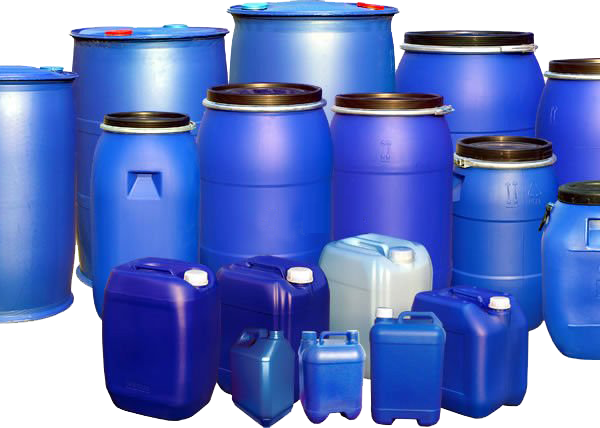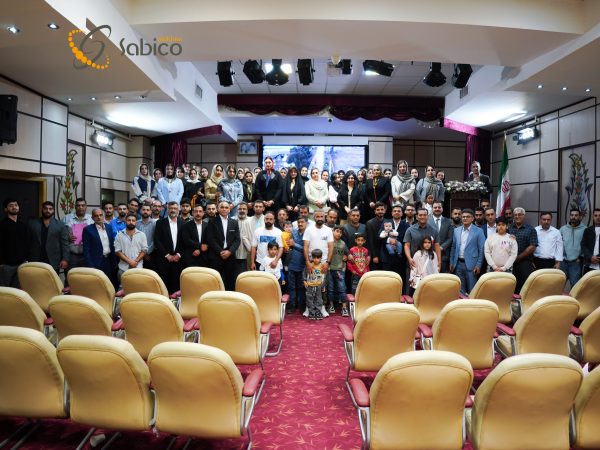
Additives in polyethylene formulations in Iran
Introduction
Polyethylene (PE) is one of the most widely used polymers in the plastic industry due to its unique properties. It is used in a wide range of products. The formulation of polyethylene is primarily influenced by various additives, each playing a crucial role in enhancing the properties and performance of this polymer. These additives can modify the physical, chemical, and mechanical characteristics of polyethylene, making it more suitable for different applications. This article explores the various additives used in polyethylene formulations, analyzing the importance of each in manufacturing processes and final applications.
Additives in polyethylene formulations in Iran
Additives in Polyethylene Formulation
1. Antioxidants
Antioxidants are additives used to prevent the oxidation and degradation of polyethylene during the manufacturing process or during its end-use. Oxidation can reduce the mechanical properties of polyethylene, such as tensile strength and hardness. Therefore, using antioxidants is essential for maintaining the quality and strength of polyethylene. These additives are typically added during polymerization and extrusion processes.
2. UV Stabilizers
Polyethylene is highly sensitive to ultraviolet (UV) radiation, which can lead to degradation and discoloration of the material. UV stabilizers are added to protect polyethylene from the damaging effects of sunlight and UV rays. These additives extend the useful life of polyethylene by preventing chemical and mechanical breakdown when exposed to UV radiation.
3. Pigments
Pigments are used in the production of polyethylene to create color and enhance the aesthetic appeal of the products. Beyond their aesthetic role, some pigments can also act as UV protectants. For instance, adding white pigments (such as titanium dioxide) to polyethylene can increase its resistance to UV radiation.
4. Anti-blocking Agents
In manufacturing processes, polyethylene may stick to itself or to other materials, particularly when it is molded or processed in machinery. Anti-blocking agents are added to prevent this problem, ensuring that the production process runs smoothly and the final product quality is high.
5. Slip Agents (Film)
Slip agents are used to reduce friction between polyethylene and mold surfaces or other materials during production. These additives are particularly useful in the production of polyethylene films and flexible parts, improving surface quality and processing efficiency.
6. Reinforcing Agents
Reinforcing agents are added to polyethylene to improve its mechanical properties. These additives can increase tensile strength, hardness, and impact resistance. Common reinforcing agents include glass fibers and other materials that enhance the resistance of polyethylene to breakage and deformation.
7. Anti-static Agents
In certain applications, static electricity buildup can cause issues. These additives help prevent dust accumulation and other issues caused by static electricity during manufacturing and end-use.
8. Flame Retardants
Polyethylene often requires flame retardant additives to improve its fire resistance. These additives slow the spread of flames in the event of a fire. Flame retardants are particularly important in applications that require high safety standards, such as construction materials and electrical cables.
9. Rubbers and Carbon Black
The addition of rubber and carbon black to polyethylene can enhance its mechanical and chemical properties. These additives are especially beneficial in applications that require flexibility and resistance to cracking, improving both performance and durability under harsh conditions.
10. Crosslinking Agents
These additives improve the polymer’s strength and durability, making it more resistant to wear and tear.
Additives in polyethylene formulations in Iran
Applications of Additives in Polyethylene
Additives in polyethylene can have a broad range of applications across various industries. For instance:
-
Packaging Industry: Polyethylene, with additives such as pigments and UV stabilizers, is used to produce plastic films and packaging materials resistant to UV radiation and chemicals.
-
Automotive Industry: Polyethylene reinforced with glass fibers or other reinforcing materials is used in the production of various automotive parts, such as dashboards, doors, and bumpers.
-
Medical Industry: Polyethylene with antimicrobial and antibacterial properties can be used in medical devices and hygiene packaging.
Conclusion
In conclusion, the use of additives in polyethylene formulation plays a vital role in enhancing the properties and performance of this polymer. These additives not only improve the physical and mechanical properties of polyethylene but also make it suitable for a wide range of industrial and consumer applications. The correct choice of additives in the production process has a significant impact on the final product quality and its performance under different environmental conditions. Therefore, research and development in the field of polyethylene additives remain an essential aspect of the polymer industry, enabling the production of superior products with better features and enhanced functionality



